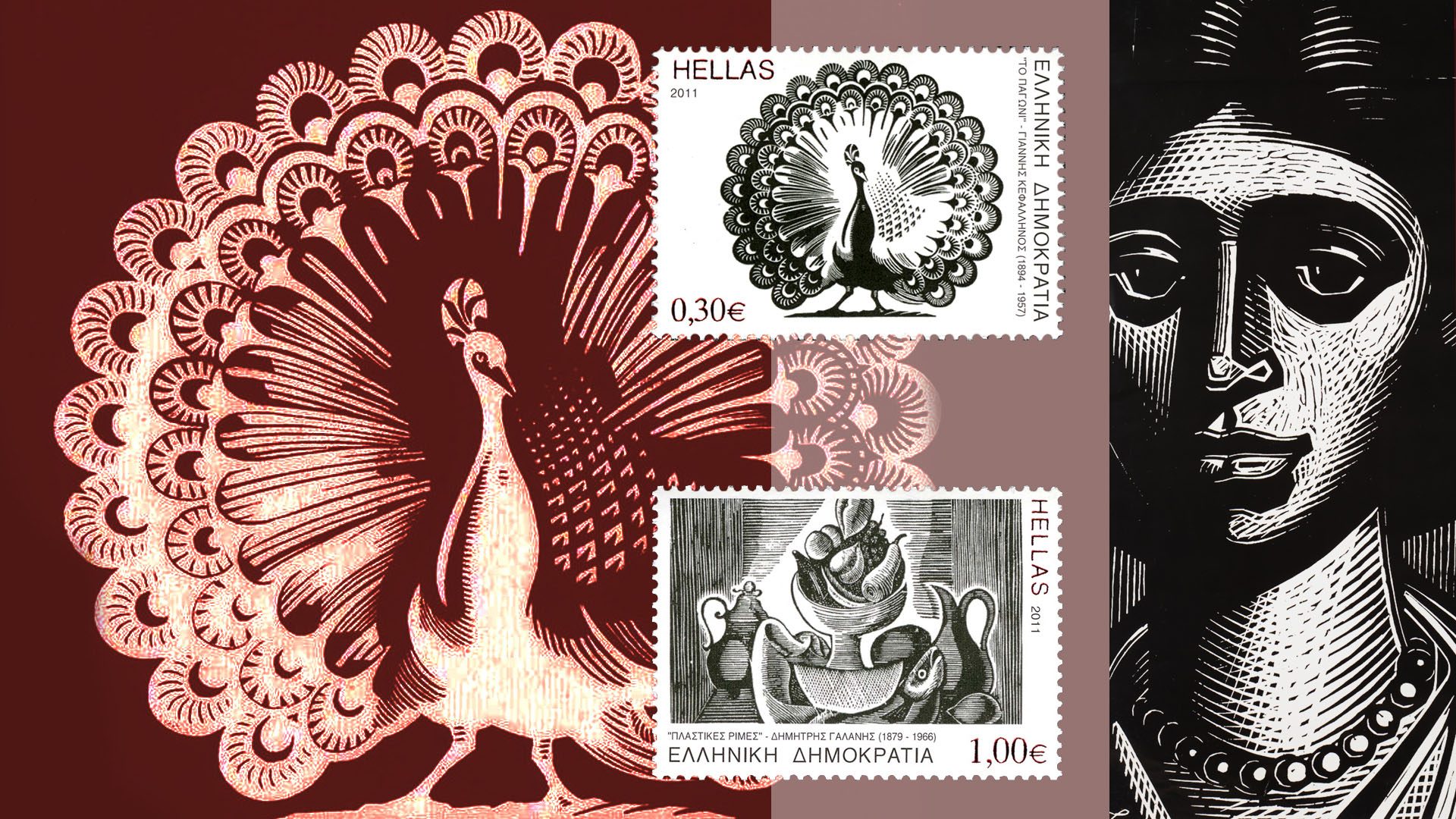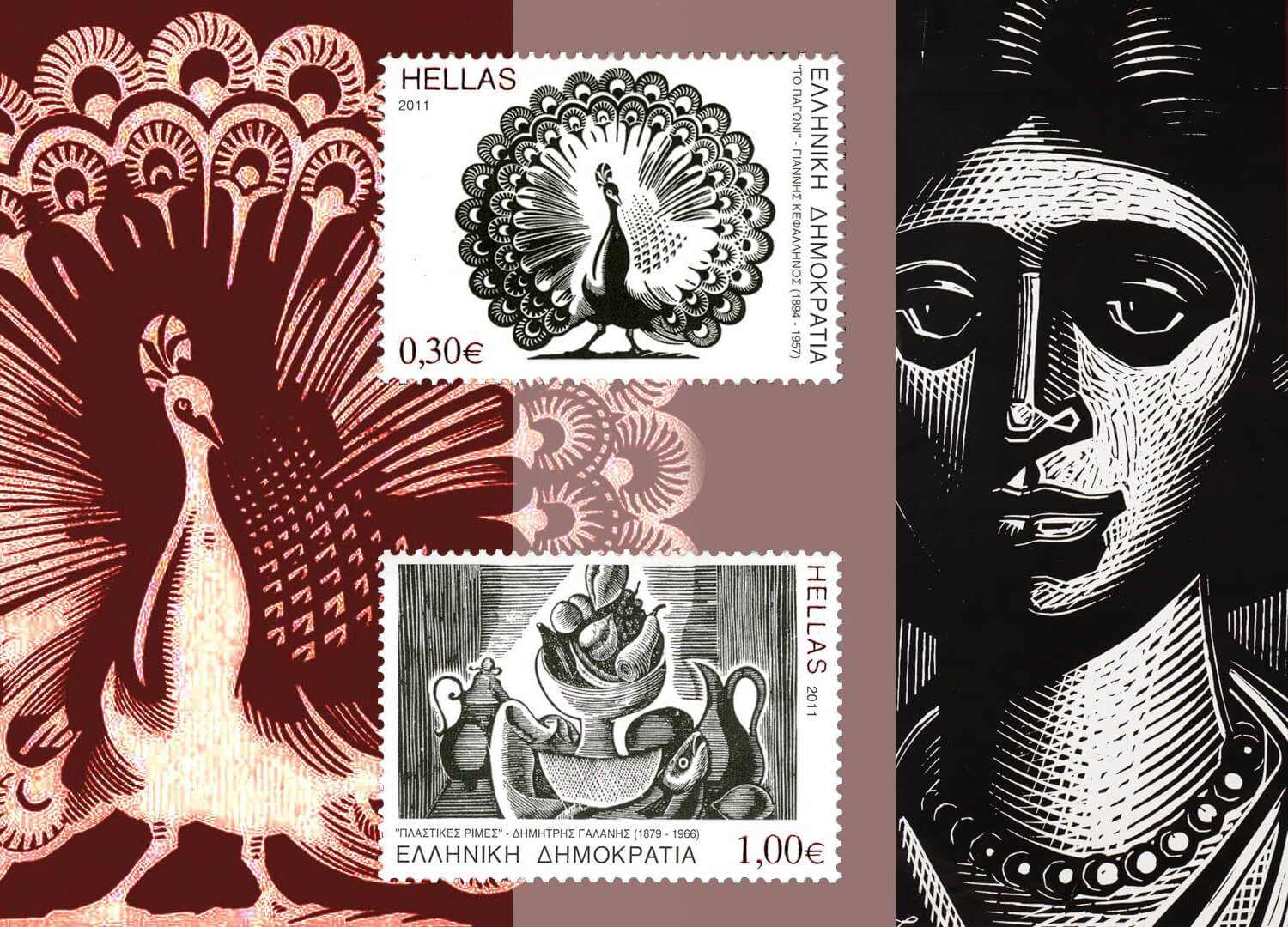

The art of "engraving" has been known since the Paleolithic Age, when people used to engrave images on stones and, later on, on bones and metals. The seals of ancient peoples, such as the Chaldeans, the Egyptians, and the Assyrians, were the first matrices to be engraved on wax or clay. In the broadest sense, engraving or printing covers any method of reproduction or reprinting of a work in multiple copies. Engraving is the product resulting from the following technique: -Using a plate. -Using ink "held" in the carved grooves. -Placing the plate in a press so that the paper absorbs the ink from the engraved points under pressure. The main difference between the different printmaking techniques is how the design is reproduced on the plate. Depending on the material of the plate, engraving on wood is called woodcut, engraving on copper or other metal is called intaglio, and engraving on stone is called lithography. Woodblock, the oldest engraving technique, was first used in China to print designs on cloth and, from the 6th century AD, to print drawings on paper. Woodblock printmaking was used in Europe in the 14th century AD to print religious icons and then used in typography to insert images in books. In the 15th century, the copper printing technique was discovered, and in the 18th century, lithography was invented, which made it possible to reprint paintings. In the 20th century, the demand for paintings signed by artists led to the widespread use of lithography. The art of engraving requires the artist to have a good knowledge of colour and design, the interpretation of shadow and light and, at the same time, the production technique. The limited surface area, the limitations of the subject and the necessity of legibility are why the design of postage stamps has always discouraged painters and attracted engravers. The latter, accustomed to the constraints of the engraving plate size, can more easily cope with complex compositions based on the strength of the line.
© 2023 Philatelic and Postal Museum. All Rights Reserved.
© 2023 Philatelic and Postal Museum. All Rights Reserved.